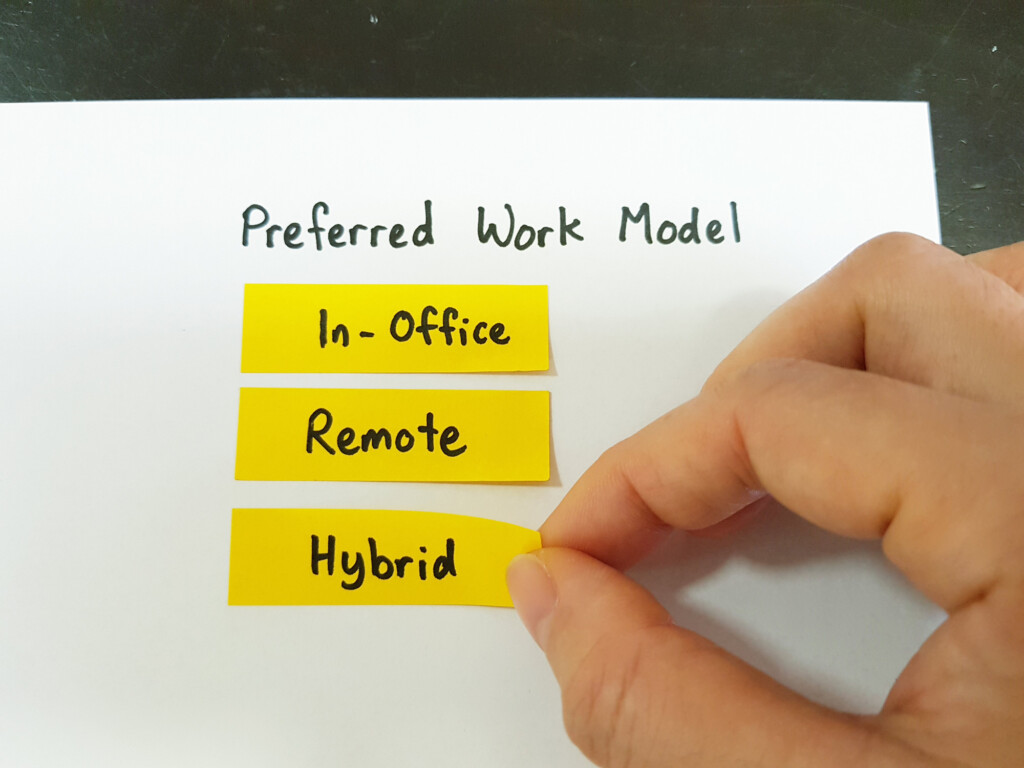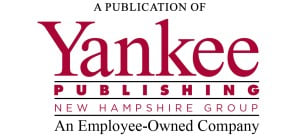ESOPs give employee-owners stake in the game
Employee stock ownership plans are a creative and effective way to give your company’s team members a true stake in your business and a powerful retirement benefit. Proponents say ESOPs contribute to a company’s culture by making everyone feel valued and inspiring them to be more productive. Companies should seek expert advice on the most important considerations before they pursue an ESOP.
Our panel: John Bentas, attorney, and John DeWispelaere, attorney and vice chairman of the sports practice group, McLane Middleton, mclane.com; and Tabitha Croscut, shareholder and chair of the ESOP practice froup at Devine, Millimet & Branch, P.A., devinemillimet.com.
John Bentas, attorney, and John DeWispelaere, attorney and vice chairman of the Sports Practice Group, McLane Middleton
Q: What is an ESOP, and why should a company consider this business model?
A: An ESOP is an employee stock ownership plan that creates a trust under which the employees of a company become the beneficial owners of the company. To form an ESOP, the owners of a company agree to sell their shares in the company to the trust. This sale can be structured much like any other sale transaction, including by way of seller financed note(s).
There are numerous tax advantages and employee benefits that can arise from an ESOP transaction. A company should consider an ESOP if the company has a strong culture of entrepreneurship among its employees and if the owners are looking to step away from the company in the coming years.
Q: What are some of the business advantages of an ESOP?
A: An ESOP provides many business advantages for the owners, the company and its employees. The owners may be able to realize their gain from the sale of their stock over a number of years instead of all at once — if the sale is done via seller note(s) — or may be able to defer tax gains with an appropriate exchange of property. Cash contributions and contributions of stock by the company to the ESOP are tax deductible by the company with certain limitations.
Furthermore, if the company is an S corporation, the company does not pay federal income tax, and sometimes can avoid state income tax on the percentage of income attributable to the ESOP trust’s ownership of shares.
The employees of the company receive a retirement benefit equal to the value the shares they beneficially own in the ESOP trust without any current taxation (until withdrawn). In many cases, the employees’ accounts in the ESOP can be treated like a traditional retirement plan, including rollovers.
Q: What are some of the drawbacks of an ESOP?
A: The drawbacks of creating an ESOP are the administrative requirements, and the ongoing expenditures. ESOPs are regulated by the United States Department of Labor and the IRS. Annually, the ESOP is required to make filings with the DOL. Depending on the size of the ESOP, the ESOP may be required to obtain audited financial statements.
In addition to the company’s annual tax return, the ESOP must file forms with the IRS. Further, once the ESOP is formed, it must have an annual valuation and also a conduct a number of tests to ensure the ESOP is in compliance with the plan and to ensure it is able to fulfill its commitments in the future (e.g., future repurchasing obligations.) Not only do all of these administrative tasks require a fair amount of time, they also are recurring expenses the ESOP or the company must account for.
Tabitha Croscut, shareholder and chair of the ESOP practice group, Devine, Millimet & Branch
Q: Why should a company consider this model for their employees and their business?
A: Any business owner that has 20+ employees who is looking for an ownership transition solution should consider an ESOP strategy. An ESOP offers a company the ability to remain in its current location, to continue to employ the same employees, to pay a fair value to the owners, and provides flexibility with respect to when shares are sold and for what amount. ESOPs will only be successful in companies that are already positioned for ongoing success with good management succession and relatively consistent profitability. It only takes 10 to 15 minutes to have a conversation with an ESOP professional to determine whether the ESOP model makes sense to explore further.
Q: How can an ESOP contribute to a company’s bottom line in terms of productivity and employee ownership?
A: Not only do ESOPs provide an ownership transition solution, but they can also be a substantial employee motivation and productivity tool. A 2020 study conducted by the Rutgers School of Management and Labor Relations and the Employee Ownership Foundation found that employee-owned companies outperformed their non-employee-owned company peers in job retention, pay, and workplace health and safety through the COVID-19 pandemic.
Additionally, a 2023 study by the National Center for Employee Ownership with the support of the Employee-Owned S Corporations of America, found that ESOP-owned companies had voluntary quit rates of their employees at roughly one-third of the national average.
Q: What are some of the most important things a business should consider when looking at an ESOP?
A: The most important consideration when looking at an ESOP is the “why.” ESOPs present a very flexible option for the transition of ownership for privately held businesses. Sometimes that flexibility can be overwhelming. I ask owners why they are considering an ESOP and what they are trying to achieve with their ownership transition.
The next important conversation is around the “wants” versus the “must haves.” For example, in the right situation an ESOP can purchase an owner’s stock, and the owner can potentially defer forever the capital gains taxes on that stock sale. (This is a tax advantage under Internal Revenue Code Section 1042.) However, if that owner has family working in the business, neither the owner nor their relatives will be permitted to receive company stock in their ESOP accounts (assuming they all continue working for the business post-ESOP). What is important to the owner? I also ask if the business owner needs to receive cash at closing, or will they accept a long-term promissory note? If cash is a “need,” that should be considered early in the ESOP discussion.
Q: How can a company determine if an ESOP is right for them?
A: Education. Talk with a variety of people well versed in ESOPs to be sure you understand the options and have settled on an approach that is right for your company. There are also good resources available online —nceo.org (a nonprofit organization) and esopassociation.org. Both sponsor educational events in various locations across the U.S., including a minimum of two annual conferences held in New England.
After a company satisfies its education needs, I recommend that they talk to an ESOP professional. I have calls (at no charge) frequently with other advisors and owners simply to talk about the company’s details and goals and to provide an initial 50,000-foot view on the feasibility and viability of using an ESOP strategy.
ESOP transactions are not simple and every owner should understand the likely financial results before spending the time and money to implement one. Just remember that not every feasibility study is equal. Be sure to hire a reputable company.












